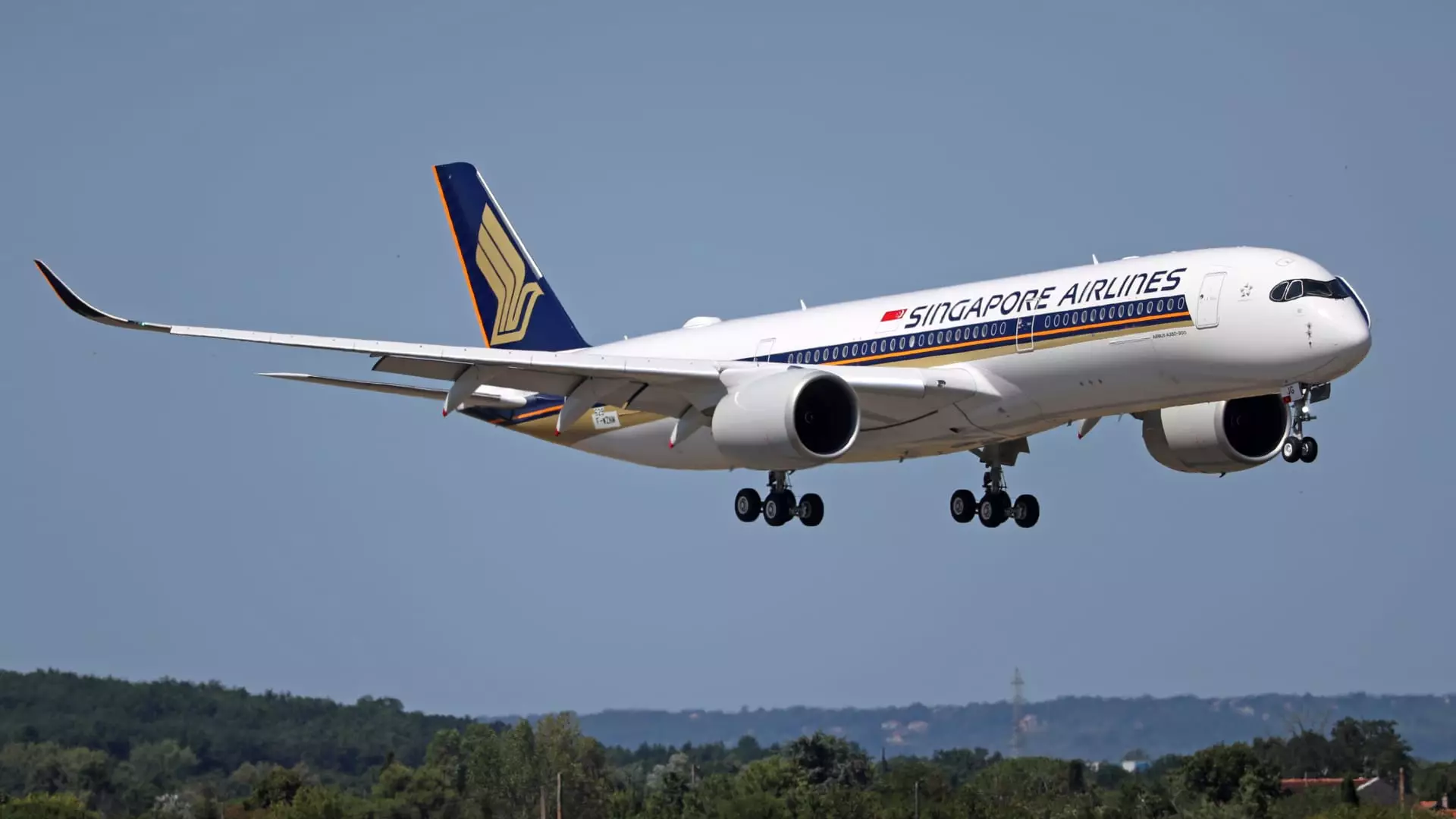As air travel continues to evolve, Singapore Airlines has taken a bold step to enhance its long-haul offerings by introducing a four-seat first class on its ultra-long-range Airbus A350-900 variant. This strategic move aims not only to attract affluent travelers but also to redefine the standards of comfort and luxury in the aviation industry. With flights exceeding 17 hours, Singapore Airlines is betting on the allure of personalized service and exclusive cabins to woo high-spending passengers looking for a premium experience.
The integration of the first-class cabins is part of a larger retrofitting plan involving seven of the airline’s A350-900 ULR aircraft. Alongside the new first-class offerings, the airline is planning significant enhancements to its business-class cabins, which will include suites equipped with sliding doors—a trend that resonates across international airlines striving to provide passengers with unparalleled privacy during their journeys. CEO Goh Choon Phong succinctly portrays the airline’s vision, emphasizing its commitment to “push the boundaries of comfort, luxury, and modernity,” which suggests a transformation that might set new benchmarks in the industry.
Investing billions in cabin refurbishments is not without its challenges and financial implications. Singapore Airlines is embarking on a S$1.1 billion (approximately US$835 million) overhaul plan, set to commence mid-2026, which illustrates the airline’s dedication to providing a high-quality travel experience. While many airlines, especially in the U.S., are phasing out first-class cabins to make way for larger business-class sections, Singapore Airlines appears to be strategically countering this trend by enhancing its premium service offerings. This approach underscores an understanding that a segment of affluent travelers is still willing to invest in luxury air travel, even if it comes at a premium price.
Despite the ongoing supply chain issues that have affected retrofit timelines, the global competition in premium travel remains stiff. Airlines are continuously seeking ways to differentiate themselves, and Singapore Airlines’ move might set off a ripple effect within the industry. Carriers such as Lufthansa are also focusing on retaining first-class offerings, exemplified by their upcoming first-class suite launch. This implies that, unlike their U.S. counterparts, some international carriers continue to see value in maintaining distinct premium class experiences. As they cater to a niche market of travelers seeking exclusivity, it’s becoming evident that the demand for luxurious air travel persists globally.
As the airline industry navigates post-pandemic recovery, innovations in cabin offerings are expected to play a crucial role in attracting premium passengers. The trend toward reinforcing privacy and comfort through new cabin features, like those being introduced by Singapore Airlines, signals a potential renaissance for long-haul flight experiences. With adjustments to configurations—like increasing total business-class seats from 67 to 70 and modifying premium economy offerings—Singapore Airlines is sending a clear message: it intends to lead the charge in transforming how passengers perceive long-haul air travel.
Singapore Airlines’ decision to launch a dedicated first class on its Airbus A350-900 aircraft underscores a larger narrative about evolving consumer preferences in air travel. As airlines worldwide grapple with the changing landscape, Singapore Airlines may not only reclaim its prestigious status in premium travel but potentially influence industry standards moving forward. With meticulous planning, a rich focus on luxury, and a grasp of modern passenger expectations, the carrier is well-positioned to navigate the future and redefine the long-haul experience. Ultimately, both the airline and the passenger stand to benefit from this venture into luxurious air travel, where comfort and exclusivity reign supreme.


Leave a Reply